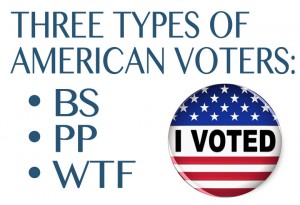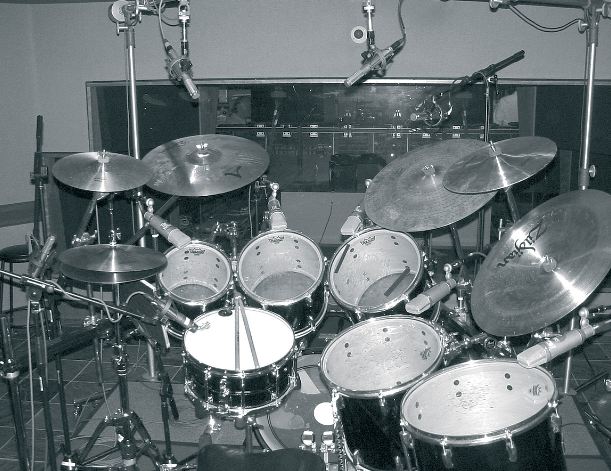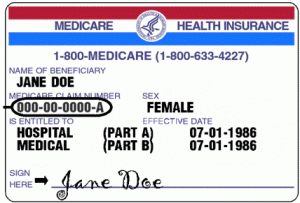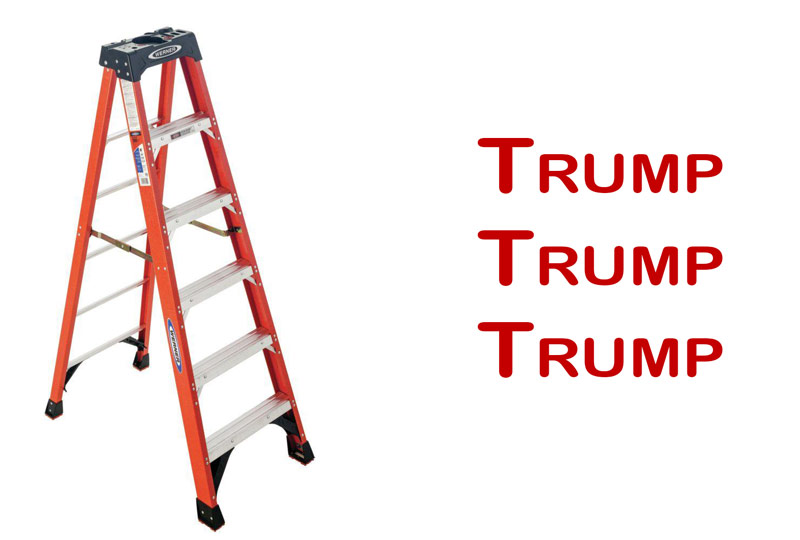Live sound tricks are many, but real live sound tips are sometimes few and far between.
Look here for three things that can make live sound easier. There’s also a good intro post about live sound mixing tips on tuts plus that can help give some basic direction (more of an overview rather than actual tips, but still good things to keep in mind.
Normally I’d say it’s better to try and make mistakes than read about live or studio sound, but in the end, you have to get the really technical parts from somewhere and ususally that’s in a more formal setting be it an audio engineering school or a book about live sound.
I also came across this good and somewhat entertaining article about live sound mixing. Particularly, the comments later on in the article where he gets more into what happens during the actual show. It has sort of a “mentor” feel to it rather than just technical jargon, so is a good read.
What other live sound tips? Earplugs are always good ;) Patience, and coming to grips with that (unless you’re working at a club where loud is mandatory) that when you’re mixing live sound in a theatre or outdoors someone in there will think its too darn loud.
Live sound is also hard on the back. Invest in Advil.
Proper level-setting on the console is amazingly important. When setting input levels in a recording studio you go through the steps and go for the best sound you can get, but in live sound mixing, following a good level-setting procedure vs. being a bit sloppy will make a huge difference in the system feedback potential during the show. When I started working more regularly in live sound (particularly in theaters) because you tend to be rushed during sound check I would sometimes rush through level setting: just crank the pre-amp until it looked and sounded OK and moved on (as opposed to proper procedure, setting the fader to unity, then setting pre-amp / head-amp level to fit the house and sound). The result is the gain is just enough, just as much as you need and not more or less. If it’s more, then you have a hot mic that’s more prone to feedback, if it’s low, then you’re making all kinds of boost during the show which stresses the system and or (depending on how you’re able to set up your monitor mixes) might change monitor mixes on stage as well. Suck. So basically take the time to do it right.





















